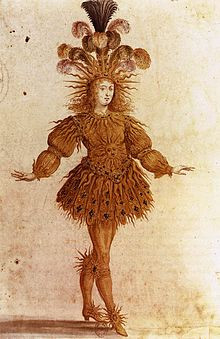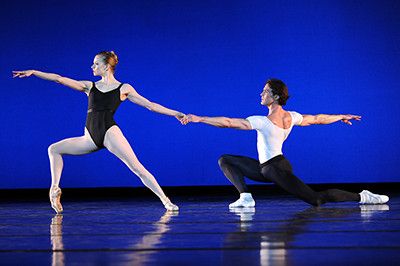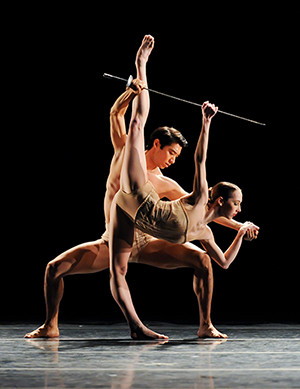Ballet, a mesmerizing dance form celebrated globally, boasts a history as graceful and intricate as its movements. But Where Did Ballet Originate? The answer lies not in grand theaters of today, but in the opulent courts of 15th-century Italy, during the Renaissance. Let’s journey back in time to explore the fascinating evolution of ballet, from its regal beginnings to the diverse art form we admire today.
From Italian Courts to French Stages: The Genesis of Ballet
 King Louis XIV in Ballet de la nuit, 1653, highlighting the early royal patronage of ballet.
King Louis XIV in Ballet de la nuit, 1653, highlighting the early royal patronage of ballet.
The story of ballet begins in the 15th century within the Italian Renaissance courts. These centers of power and culture were known for extravagant displays, particularly during noble weddings and celebrations. Dance, intertwined with music, became a central feature of these lavish spectacles, designed to impress and entertain the elite. Dancing masters played a crucial role, instructing the nobility in the steps, ensuring the court itself could participate in these elaborate performances. This early form of ballet was less about professional dancers and more about courtly entertainment and social display.
The 16th century marked a pivotal shift as Catherine de Medici, an Italian noblewoman who became Queen of France, brought this Italian courtly dance tradition to the French court. A significant patron of the arts, Catherine de Medici generously funded ballet, fostering its growth within the French royal circles. Her elaborate festivals became renowned for ballet de cour, a comprehensive performance art that combined dance with opulent decor, elaborate costumes, song, music, and poetry. This fusion of elements laid the groundwork for ballet to evolve into a more structured and theatrical form.
A century later, King Louis XIV of France, a passionate dancer himself, played a critical role in popularizing and standardizing ballet. Famously known as the “Sun King,” Louis XIV even performed extensively, including the role of the Sun King in Ballet de la nuit. His deep appreciation for ballet elevated it from a mere aristocratic pastime to a discipline demanding rigorous professional training. This royal endorsement was instrumental in establishing ballet as a serious art form.
The 17th and 18th Centuries: Ballet Takes Center Stage
By 1661, a landmark moment occurred with the establishment of the Académie Royale de Danse (Royal Dance Academy) in Paris. This marked the formalization of ballet training and education. Then, in 1681, ballet transitioned from the exclusive realm of the courts to the public stage. The French opera Le Triomphe de l’Amour incorporated ballet sequences, giving rise to a lasting tradition of opera-ballet in France. This integration with opera broadened ballet’s reach and exposed it to a wider audience.
However, by the mid-1700s, French ballet master Jean Georges Noverre emerged as a revolutionary figure. He challenged the artificiality of opera-ballet, advocating for ballet to be recognized as an independent art form. Noverre championed the ballet d’action, a dramatic style of ballet that prioritized expressive, narrative movement to convey character relationships and stories. His innovative ideas, emphasizing emotional depth and storytelling through dance, are considered the precursor to the narrative ballets that would flourish in the 19th century.
The 19th Century: Romanticism and Russian Grandeur
The 19th century witnessed the rise of Romanticism, a movement that profoundly influenced art, music, and ballet. Early classical ballets such as Giselle and La Sylphide emerged during this period, reflecting the Romantic fascination with the supernatural, spirits, and magic. Women were often portrayed as ethereal, fragile beings in these romantic ballets, themes vividly expressed in the choreography and storylines. This era also marked the popularization of pointe work, dancing on the tips of the toes, becoming a defining technique for ballerinas. The romantic tutu, a flowing, calf-length skirt made of tulle, became the iconic costume of this era, enhancing the ethereal aesthetic.
 Dancers in Swan Lake, a pinnacle of classical ballet, showcasing technical brilliance and dramatic storytelling.
Dancers in Swan Lake, a pinnacle of classical ballet, showcasing technical brilliance and dramatic storytelling.
Ballet’s popularity surged in Russia during the latter half of the 19th century, becoming a national passion. Russian choreographers and composers elevated ballet to unprecedented heights. Marius Petipa, along with Lev Ivanov, created iconic works like The Nutcracker, The Sleeping Beauty, and Swan Lake. These ballets represent classical ballet at its most magnificent, emphasizing technical virtuosity. The primary focus shifted to showcasing classical technique – pointe work, high leg extensions, precise movements, and turn-out (outward rotation of the legs). Complex sequences of demanding steps, leaps, and turns were intricately woven into the narrative. The classical tutu, shorter and stiffer than its romantic predecessor, was introduced to highlight the ballerina’s legs and the technical difficulty of her movements, emphasizing footwork and precision.
Ballet in the 20th and 21st Centuries: Innovation and Diversity
 Balanchine's Agon, a neoclassical ballet highlighting abstract movement and musicality.
Balanchine's Agon, a neoclassical ballet highlighting abstract movement and musicality.
The early 20th century saw Russian choreographers Sergei Diaghilev and Michel Fokine spearhead further evolution. They began to experiment with movement and costume, pushing beyond the traditional boundaries of classical ballet form and narrative. Diaghilev’s collaboration with composer Igor Stravinsky on The Rite of Spring was groundbreaking, and initially controversial. Its dissonant music, primal storyline of human sacrifice, and unconventional movements shocked audiences, even causing riots at its premiere.
George Balanchine, a Russian choreographer who emigrated to America and founded the New York City Ballet, profoundly reshaped ballet. He introduced neo-classical ballet, an expansion of the classical form, and is considered a pioneer of contemporary “plotless” ballet. Balanchine’s plotless ballets prioritize movement as a means of expressing the music and exploring human emotion, moving away from traditional storylines.
 Petite Mort choreography, illustrating the contemporary exploration of movement and expression in modern ballet.
Petite Mort choreography, illustrating the contemporary exploration of movement and expression in modern ballet.
Today, ballet is a multifaceted and dynamic art form. Classical forms, beloved traditional stories, and contemporary choreographic innovations coexist, enriching the landscape of modern ballet. Choreographers continue to explore diverse styles, and ballet companies offer audiences a wide spectrum of experiences, ensuring ballet remains a vibrant and evolving art form for generations to come.
In conclusion, the question “where did ballet originate?” leads us to the Italian Renaissance courts. From these regal beginnings, ballet journeyed through French royal patronage, solidified its techniques and traditions in the 19th century, and embraced innovation in the 20th and 21st centuries. This rich history has shaped ballet into the captivating and diverse art form enjoyed worldwide today.


